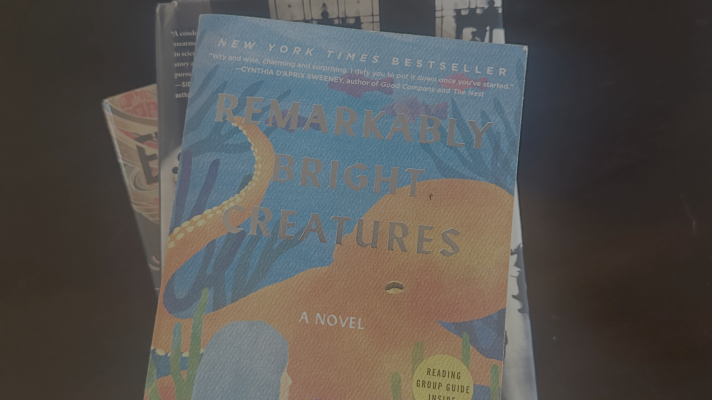If the years 2005, 2017, and 2020 mean anything to you—or, reaching farther back, 1965, 1969, and 1989—then you probably have some relationship to the Texas-Louisiana Gulf coast. All of these years brought devastating flooding,high winds, and millions upon millions of dollars of property damage to coastal areas—and, in some cases, inland areas as well.
Jack Davis’s book The Gulf: The Making of an American Sea is one of those books that is inexplicably entertaining. It’s a 500-plus-page tour de force, with pages and pages of well-researched footnotes, and yet, it is truly a page-turner. Davis begins with the indigenous peoples of the Gulf and brings the story through European settlement and colonization all the way to the present. He focuses especially on the two main industries that have always competed for the hearts, minds, and bodies of those in the Gulf—the fishing industry and the oil industry. Davis shows, through the historical record, through incisive cultural analysis, and through interviews and anecdotes, how these two industries are nearly mutually exclusive in terms of environmental health and human flourishing, and yet they have remained completely intertwined. There’s no better example than the renaming, in 1967, of the Louisiana Shrimp Festival in
Morgan City, Louisiana, to the “Louisiana Shrimp and Petroleum Festival.”
One of the things Davis does best in this book is to dredge up the fascinating history of Gulf resorts gone by. I had never heard of the “Six Sisters,” the six Mississippi cities that all had spa resorts that attracted visitors from all over the country and even the world. And part of Davis’s chronicle is to tell the stories of development in the Gulf Coast, from Texas to Florida, and how the confluence of natural disasters, human greed, cultural shifts, and technological advancement made many of these places obsolete, either through complete destruction or the gradual fading of their relevance.
However, Davis is at his best when he offers poetic descriptions of the wildlife, the plant life, and the natural history of the Gulf coast. I think it’s unusual for an academic writing a detailed and footnoted historical book to have such rich and beautiful descriptions, but Davis is an environmental writer in the tradition of John Muir and Rachel Carson. “Tens of thousands of years ago,” he writes, “when the ocean was far inland, pounding and wearing away at rocks, it was creating infinite grains of sand.
Then the earth turned cold and glaciers solidified, and the ocean withdrew from the chiseled mountains that now stand above our world. The withdrawing waters carried down the manufactured sediment to the Gulf, depositing it across terra firma and into the sea . . . so when you walk on a beach, you walk on mountains.” He could have just said, prosaically, that beach sand comes from the long erosion of mountains. But he always finds a way to put things that demonstrates his profound respect for the natural processes that have shaped the world as we now know it.
And ultimately, that’s Davis’s point—to have us reflect on the ways in which human ingenuity, human greed, our best and our worst intentions have shaped this most important American sea, the Gulf of Mexico. It might just be one of the best things you could read this summer as you huddle under an umbrella on a blanket on a Gulf coast beach, looking out at the oil platforms on the horizon.












